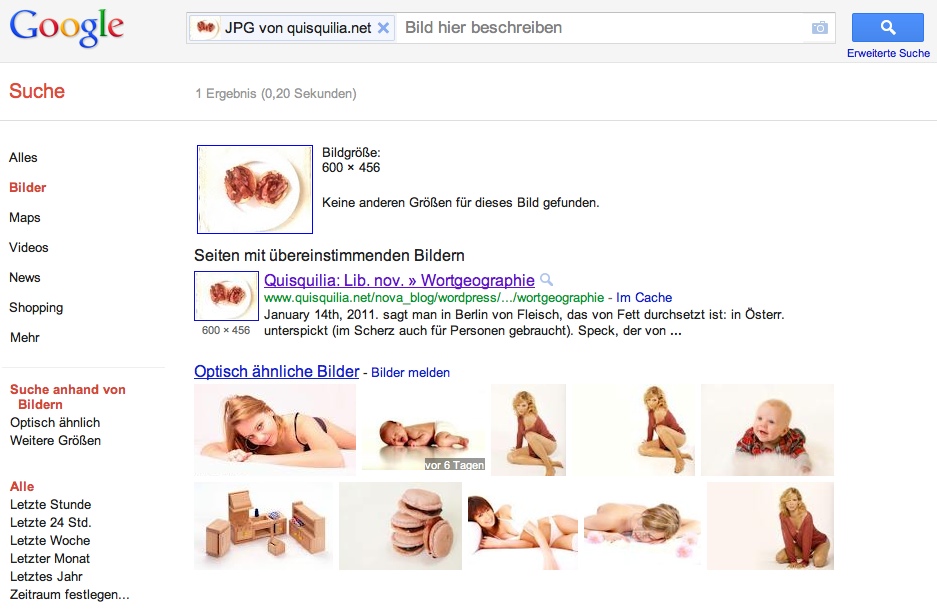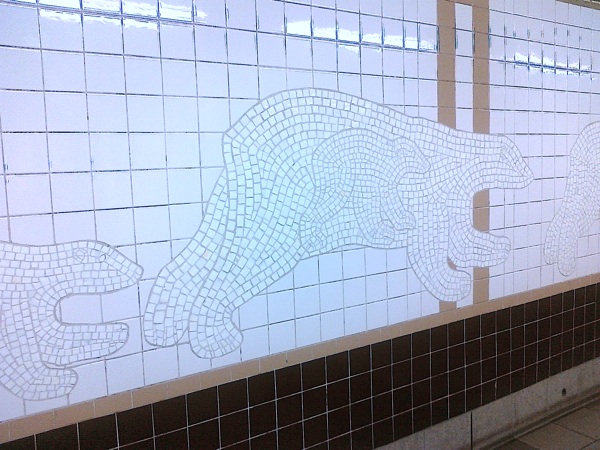Curious about how long coins are in circulation, and without any scientific basis whatsoever, I choose 1989, the year the Berlin Wall came down and somewhat shook the world’s fabric, changing the course of history (finalising it?), ending the Cold War between two competing ideologies and their clash on geopolitical objectives, as a point of reference for my investigation, 22 years later.
The sample chosen for this enterprise, shaken well, adequately and preemptively, with some goodwill constitutes an aleatoric element and does in no way adhere to the minimum requirements of a sample size, as I freely choose, at my sole discretion, the contents of my wallet as sufficent. There will also not be any paper published on these findings.
Quarters: 2.75 USD
1967, 1967, 1977, 1986, | 1989, | 1994, 1994, 1996, 2000*, 2002*, 2004*
* are part of the U.S. Mint’s 50 State Quarters Program and represent Virginia, Indiana, and Michigan, respectively.
36.4 % of the quarters examined were manufactured before 1989.
Dimes: 1.60 USD
1972, 1975, 1981, 1987, || 1990, 1995, 1997, 1997, 2000, 2002, 2002, 2002, 2004, 2005, 2005, 2009
Out of 16 dimes, a mere 25 % were coined before the fall of the Eastern Bloc.
Nickels: 0.20 USD
1982, || 1999, 2000, 2003
Again, only 25 % witnessed the crumbling of the Communist regimes, 3 out of 4 nickels are love children of the post-bipolar era and its affair with deregulation in a globalised US dollar hegemony.
Pennies: 0.18 USD
1971, 1975, 1976, 1976, 1984, 1987, || 1992, 1994, 1995, 1998, 2001, 2003, 2003,
2010, 2011, 2011, 2011, 2011
One third, or 33.3 %, of all pennies in the sample preceded George H. W. Bush as the 41st President of the United States of America.
One noticeable observation are the clusters existent in all the different denominations of coins. This is most apparent with the 2011 pennies, a result of the huge production of coins with the new Union Shield reverse design, and in the 2002 dimes.
Across all coin values, 15 out of 49 coins prove to be in circulation for more than 22 years, i.e. 30.6 % of the sample. With the exception of two pennies, one from 1987, the other from 2003, both exhibiting considerable harm due to verdigris following from prolongued exposure to moist and weathering, all coins show, if at all, just ordinary signs of age and daily use.
An interesting aspect to factor into these deliberations, would be the criteria of the U.S. Mint for the withdrawal of coins, or legal tender in general, from circulation, and how high the turnover and lifespan is of U.S. denoted coinage, i.e. which number of worn coins is pulled out of circulation each year and replaced. This may also depend on the material composition of each respective line of coins, as some prove more prone to damage and patina than others.
On a personal note, I’d like to point out, that something like 12.2 % of the coins in this sample still are older than me. Time, however, is running up. Pecunia fugit…





